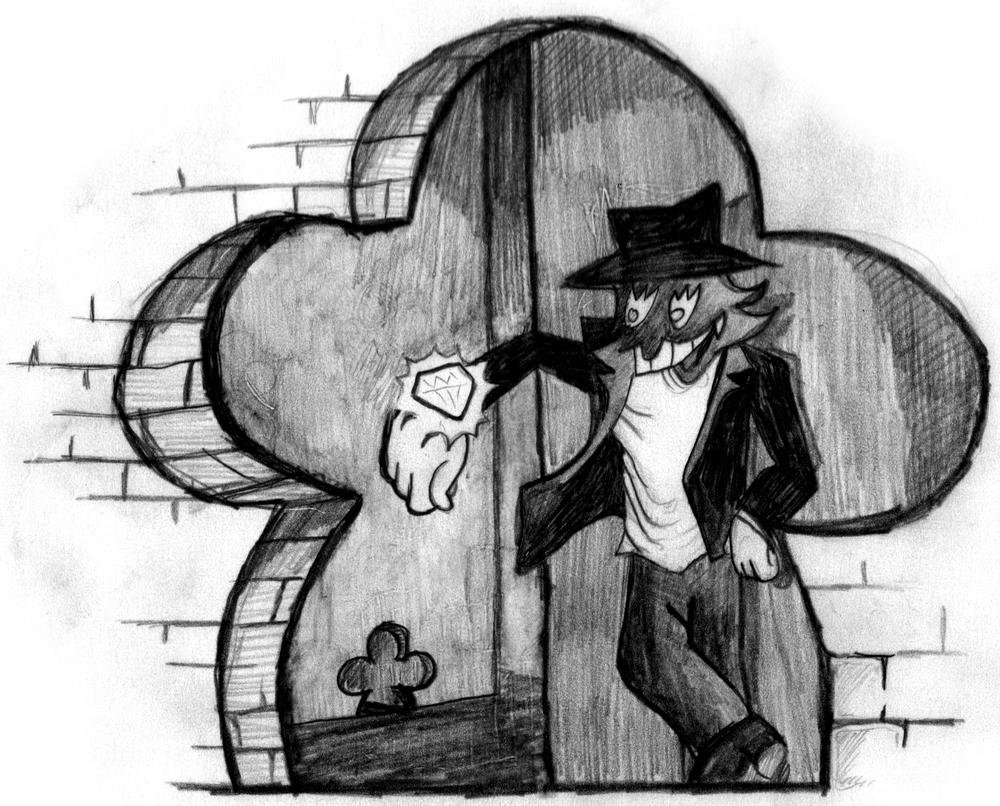- The Ruby Programming Language
- A Note Regarding Supplemental Files
- Preface
- 1. Introduction
- 2. The Structure and Execution of Ruby Programs
- 3. Datatypes and Objects
- Numbers
- Text
- Arrays
- Hashes
- Ranges
- Symbols
- True, False, and Nil
- Objects
- 4. Expressions and Operators
- Literals and Keyword Literals
- Variable References
- Constant References
- Method Invocations
- Assignments
- Operators
- Unary + and –
- Exponentiation: **
- Arithmetic: +, –, *, /, and %
- Shift and Append: << and >>
- Complement, Union, Intersection: ~, &, |, and ^
- Comparison: <, <=, >, >=, and <=>
- Equality: ==, !=, =~, !~, and ===
- Boolean Operators: &&, ||, !, and, or, not
- Ranges and Flip-Flops: .. and ...
- Conditional: ?:
- Assignment Operators
- The defined? Operator
- Statement Modifiers
- Nonoperators
- 5. Statements and Control Structures
- Conditionals
- Loops
- Iterators and Enumerable Objects
- Blocks
- Altering Control Flow
- Exceptions and Exception Handling
- BEGIN and END
- Threads, Fibers, and Continuations
- 6. Methods, Procs, Lambdas, and Closures
- 7. Classes and Modules
- Defining a Simple Class
- Creating the Class
- Instantiating a Point
- Initializing a Point
- Defining a to_s Method
- Accessors and Attributes
- Defining Operators
- Array and Hash Access with [ ]
- Enumerating Coordinates
- Point Equality
- Ordering Points
- A Mutable Point
- Quick and Easy Mutable Classes
- A Class Method
- Constants
- Class Variables
- Class Instance Variables
- Method Visibility: Public, Protected, Private
- Subclassing and Inheritance
- Object Creation and Initialization
- Modules
- Loading and Requiring Modules
- Singleton Methods and the Eigenclass
- Method Lookup
- Constant Lookup
- Defining a Simple Class
- 8. Reflection and Metaprogramming
- 9. The Ruby Platform
- Strings
- Regular Expressions
- Numbers and Math
- Dates and Times
- Collections
- Files and Directories
- Input/Output
- Networking
- Threads and Concurrency
- 10. The Ruby Environment
- Index
- About the Authors
- Colophon
- Copyright
In order to understand a programming language, you have to
know what kinds of data it can manipulate and what it can do with that
data. This chapter is about the values manipulated by Ruby programs. It
begins with comprehensive coverage of numeric and textual values. Next, it
explains arrays and hashes—two important data structures that are a
fundamental part of Ruby. The chapter then moves on to explain ranges,
symbols, and the special values true,
false, and nil. All Ruby values are objects, and this
chapter concludes with detailed coverage of the features that all objects
share.
The classes described in this chapter are the fundamental datatypes of the Ruby language. This chapter explains the basic behavior of those types: how literal values are written in a program, how integer and floating-point arithmetic work, how textual data is encoded, how values can serve as hash keys, and so on. Although we cover numbers, strings, arrays, and hashes here, this chapter makes no attempt to explain the APIs defined by those types. Instead, Chapter 9 demonstrates those APIs by example, and it also covers many other important (but nonfundamental) classes.
-
No Comment

